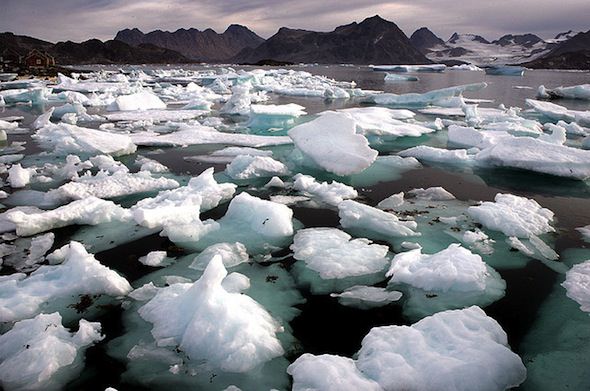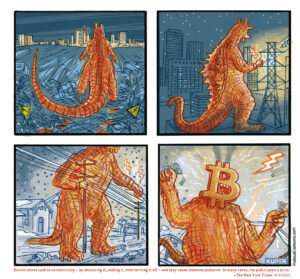Cold and Warm Polar Water Mixing Slows
The process that sends cold surface Antarctic water to the warmer depths -- redistributing heat and storing carbon -- is now faltering, scientists say, because of climate change.
By Tim Radford, Climate News NetworkThis piece first appeared at Climate News Network.
LONDON — Global warming could have dramatic consequences for ocean circulation in the Antarctic, according to new research in Nature Climate Change. It could reduce convection in the Southern Ocean.
Convection is the process that turns over a vast body of sea water, sending the fresh water from melted ice to the depths, while bringing warmer, more saline waters to the surface. Since the ocean is part of the global machinery for redistributing heat and storing carbon, any change in the pattern of movement could have profound significance.
Casimir de Lavergne and colleagues from McGill University in Canada and the University of Pennsylvania in the US analysed a 60-year sequence of satellite observations and direct measurements in the Ross and Weddell seas and coupled these with simulated studies of ocean behaviour. They found that the surface ocean had become less saline: cold fresh water now forms a kind of lid on the Southern Ocean surface to trap warmer salt water below.
What had historically been an upwelling of warmer water had dramatic consequences for the Weddel Sea ice pack: in the mid-1970s it permitted a 250,000 square kilometre stretch of open water called a polynya that stayed open for three full winters before it closed. The polynya has not re-opened in 40 years.
While it was open, the cold, surface dense waters of the polynya sank 3,000 metres, and became new deep ocean bottom water, and this sinking, while it lasted, was on a massive scale: at least twice the flow of all the rivers of the terrestrial world.
For decades, oceanographers and glaciologists regarded the event as naturally rare, a curiosity rather than an important part of the ocean ecosystem. The latest study however presents a different picture.
Few escape opportunities
The first orbiting satellites may have recorded, for the first time in 1974, a regular but steadily weakening feature of the Southern Ocean, a phenomenon that was weakening because of climate change. It also means that heat stored in the deep ocean has been unable to melt the wintertime icepack.
“Deep ocean waters only mix directly to the surface in a few small regions of the global ocean, so this has effectively shut off one of the main conduits for the deep ocean heat to escape,” said de Lavergne.
The team’s models showed that, before the Industrial Revolution, significant ocean convection occurred in the region. Under a high emissions scenario, the models showed a decrease in the strength of this convection. In seven of the team’s 25 computer models, deep circulation stopped entirely by 2030.
The team’s computer simulations also predict greater snow and rainfall in the Southern Ocean as atmospheric carbon dioxide increases.
“A warming planet will see dryer regions become dryer and wetter regions become wetter. True to form, the polar Southern Ocean – as a wet place – has indeed become wetter,” said Jaime Palter of McGill, a co-author. “And as a response to surface ocean freshening, the polynyas simulated by the models also disappeared.”
Your support matters…Independent journalism is under threat and overshadowed by heavily funded mainstream media.
You can help level the playing field. Become a member.
Your tax-deductible contribution keeps us digging beneath the headlines to give you thought-provoking, investigative reporting and analysis that unearths what's really happening- without compromise.
Give today to support our courageous, independent journalists.






You need to be a supporter to comment.
There are currently no responses to this article.
Be the first to respond.